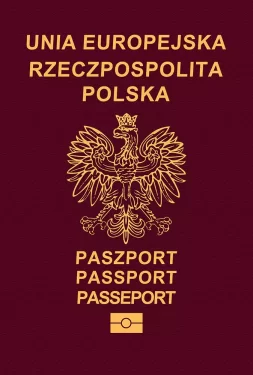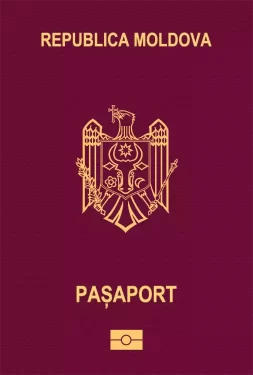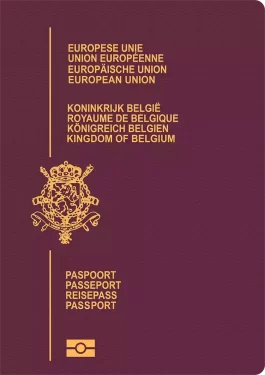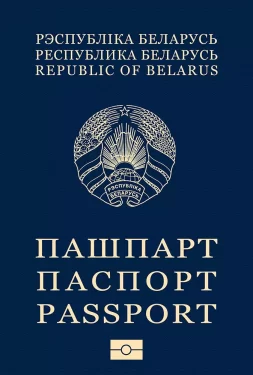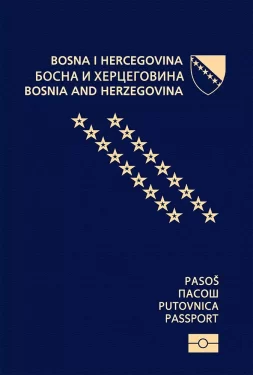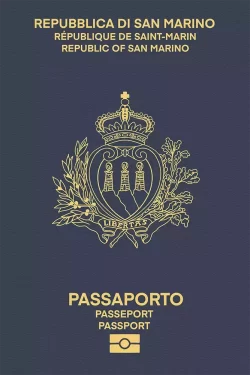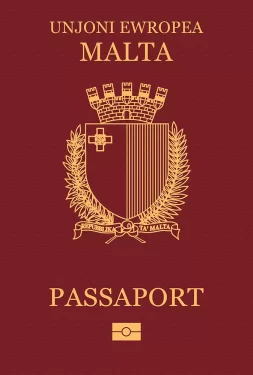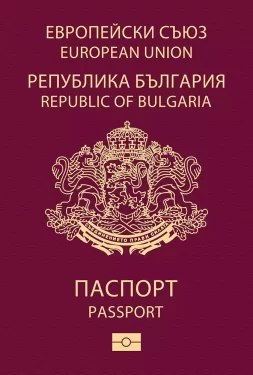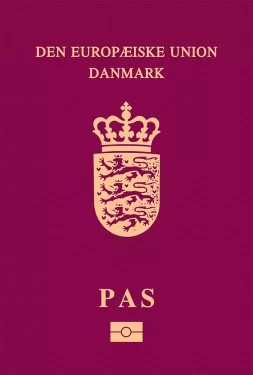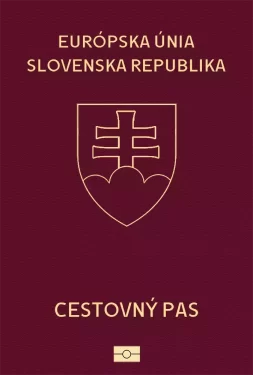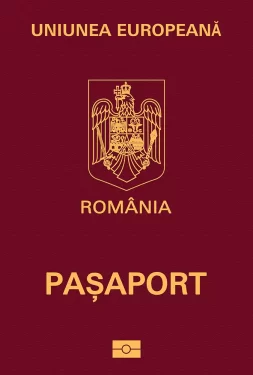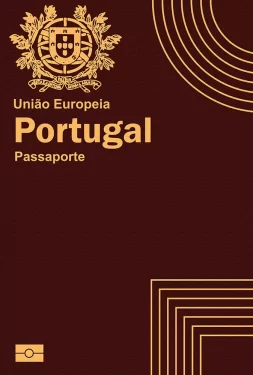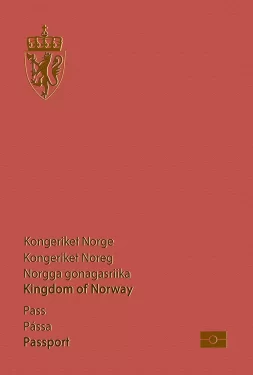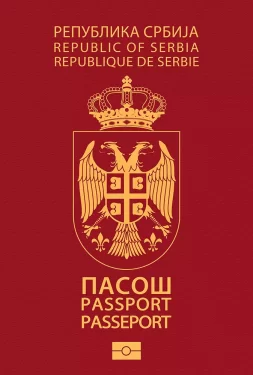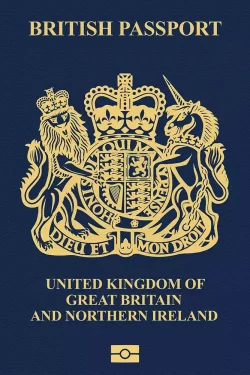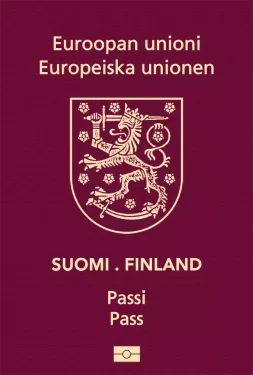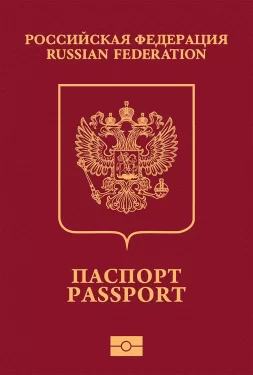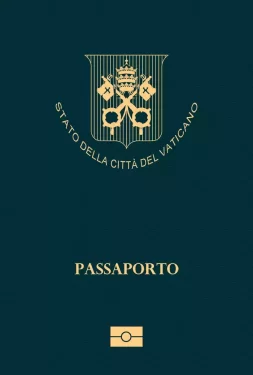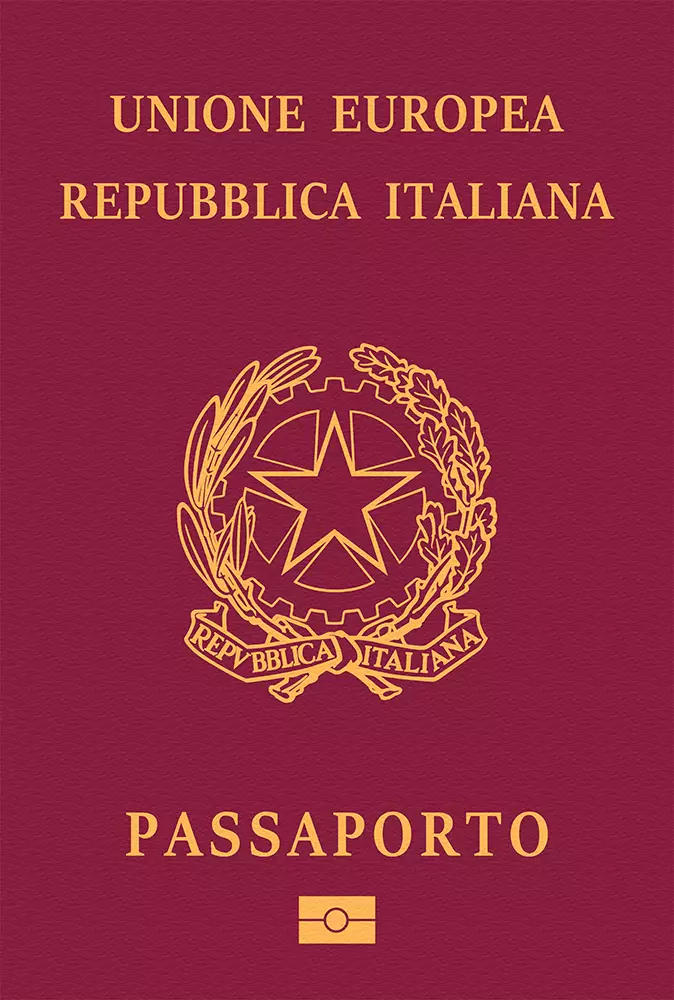
Italy
Italy passport ranking
The Italian passport is currently ranked 2nd place on the Guide Passport Index. It provides visa-free access to 193 countries. It is considered one of the most desirable passports in the world with a very high mobility score. Italian passport holders have visa-free access and visas on arrival to countries such as Brazil, Japan, United Kingdom, United Arab Emirates and United States allowing almost instant travel worldwide. Italian passport holders do however require a visa to enter about 36 destinations in the world.
Italy Passport Ranking
The Italy passport ranking relative to other global passports is calculated by adding up the number of countries that allow Italy passport holders to enter without a visa (i.e. visa-free countries) and those that allow Italy passport holders to enter by obtaining a visa on arrival (i.e. visa-on-arrival countries) or an electronic travel authorization (eTA). There are currently a total of 150 Italy passport visa-free countries, 30 Italy visa-on-arrival countries, and 13 eTA destinations.
Altogether, Italy passport holders can enter a total of 193 destinations—either without a visa, through a visa on arrival, or via an eTA. As a result, the Italy passport ranks 2 in the world.
Separate from these Italy visa-free countries and visa-on-arrival countries, there are 36 additional destinations which Italy passport holders either need a physical visa to enter or an eVisa (i.e. visa required countries).
About Italy
The Italian Republic consists of 20 regions and is part of the European Union. The nation’s neighboring countries are France, Switzerland, Austria and Slovenia. The most important provinces are Lombardy, Lazio, Campania and Sicily. Italy has a surface area of 301,340 square kilometers. This makes it the 10th largest country in Europe. The nation’s terrain is mostly rugged and mountainous coastal lowlands and some plains. Its climate is generally Mediterranean, however alpine in the north.
The overall population is over 58 million people. The capital of the country is Rome, which is also the most populous city with 2.8 million inhabitants, followed by Milan and Naples. The largest airport is Leonardo da Vinci-Fiumicino Airport (FCO) with 43 million passengers followed by Milan Malpensa Airport with 28 million yearly passengers. FCO airport is the 11th largest airport in Europe and provides access to all parts of the world.
Italian culture is rich of Roman history and heritage, with the Roman Catholic religion as the main religion. The official language in the country is Italian. The legal system is the civil law with the judicial review of any legislation by the Constitutional Court. The government type is a parliamentary republic. The elected chief of state is currently President Sergio Mattarella and the head of government is Giorgia Meloni Giuseppe Conte.
The official currency of the country is the Euro (EUR) with the current exchange rate being EUR 0.84 to the USD. The country has an open economy, generating a GDP of approximately $2.4 trillion, making it the 4th largest economy in Europe. Its citizens have a per capita income of $40,470. The GDP is mostly made up of services and the industry sector. Its main goods of export are machinery, iron, steel, chemicals, motor vehicles, food products, fruits, vegetable, grapes and potatoes. Tourism is an extremely important GDP contributor for the country with about 10% of the total GDP.
Italy is filled with a variety of urban, cultural and natural tourism destinations and attractions. It is especially known for its rich culture and beautiful historic cities, attracting tourists during winter and summer. Italy has a world record 58 UNESCO world heritage sites. Some of the major destinations include the Colosseum, the Venice Canals, Pompeii, the Leaning Tower of Pisa, Lake Como and the Amalfi Coast. The nation has a total of approximately 94 million tourists visiting every year, which is the 4th place worldwide. The majority of tourists are originating from Germany, the United States and France.
